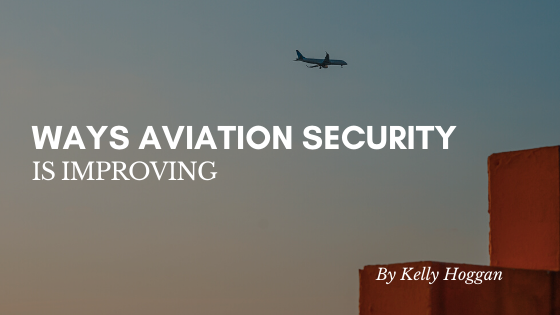In order to best serve the public, the aviation security industry must regularly change and adopt new practices and technology. Professionals in this industry strive to implement changes to protect passengers as well as aviation personnel, and in recent decades, such changes have been shown to considerably improve the industry. Most of the changes being made at present integrate technological advances geared toward improving the strength of aviation security practices and standards.
Queue Monitoring
One of the most commonly cited issues for passengers in airports is wait times and lines. Queue monitoring helps regulate this issue by providing passengers with updated processing times; by transmitting this data to mobile devices or visible screens, airports can alleviate stress, anxiety, and irritation, resulting in a more pleasant and manageable airport experience for passengers and personnel alike. Queue monitoring can be facilitated through video cameras, and this footage, when connected to certain algorithms, can also be used to scan for suspicious behavior, promoting a safer environment.
Internet of Things
Connecting multiple pieces of advanced technology through the internet of things can help improve security measures. When utilizing the internet of things, it is imperative that there are sufficient cybersecurity measures in place to ensure the interconnectivity of technology is protected and secure. Airports that integrate the internet of things into their security practices can utilize autonomous sensors and environmental control features in a customizable way to best promote a secure establishment.
E-Passports
Over the past few decades, e-passports (or biometric passports) have become more popular in airports around the world. They were first introduced in Malaysia in 1998, and they have become more widespread since then. E-passports feature a chip that can be easily scanned by airport security personnel; these chips streamline the checkpoint process and eliminates the potential for human error, resulting in a more efficient and safe airport.
Physical Measures
While more and more security measures become dependent on technology, it is important for aviation security professions to avoid discounting traditional methods of keeping passengers and airport personnel safe. Relying solely on technology at this point could result in a lapse of security should a power outage or disruptive cyber attack occur. Investing in physical measures like well-trained security personnel as well as sturdy physical barriers can help keep passengers safe and instill a feeling of security and trust.


